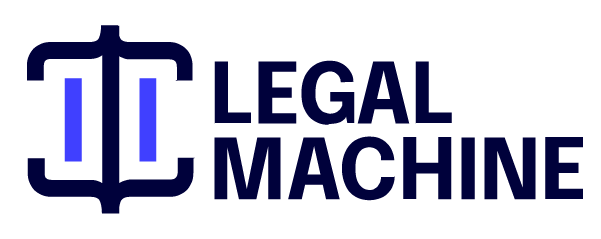The transition from an Analog Lawyer to a Digital Lawyer – The new era of being “In the Cloud”
Although cloud computing may seem like a relatively new technology, it has actually been around for nearly half a century. It was in 1961 when the creator of the language used to develop artificial intelligence, John McCarthy, came up with the idea of collective computing in a world that did not yet know the Internet. However, it was not until the 1990s that we first heard the term ‘cloud computing’. Today, practically all companies use some kind of cloud service, a trend that is making strong inroads into law firms.

Cloud computing has long since ceased to be the future and has become the reality of the legal sector. Cloud services range from email managers, document managers, project managers, client managers (CRM), case law or legislation databases, comprehensive management (ERP) and much more. In short: almost all software tools can be contracted in the cloud.
Moving from storing all data in an organization to doing so in the cloud means significant savings in costs and maintenance time. For example, offices – especially smaller ones – do not need to have IT staff dedicated to server maintenance, so technological services become an operational and scalable expense (the client contracts based on their needs).
In addition, it allows exponentially increasing the availability of data and even its security. Because, in effect, the security of the information handled every day - both their own and that of their clients - is one of the factors that most concerns law firms. And these services have been perfected to the point that it is practically impossible for information to be lost due to some kind of accident.
Cloud computing is another example of how technology, far from replacing lawyers with robots or machines, serves to improve efficiency in processes and, therefore, offer a better service to the end client. Other advances, such as blockchain, the Internet of Things (IoT) or artificial intelligence (AI) are also becoming key elements to transform and grow the legal sector.
Learning about these technologies and making the necessary transition from an analog to a digital mindset can be done with full guarantees, remotely —and in Spanish or English— with the help of leading educational institutions in technology and the legal field. This is the case of the Professional Certificate in Legal Tech in the Digital Age, taught by MIT Professional Education (USA) in collaboration with Esade (Spain).
Technology changes much faster than the law. Professionals and law firms must transform themselves to offer better and more efficient services to an eminently technological society. In a global market, acquiring a significant competitive advantage to face new projects is essential.
